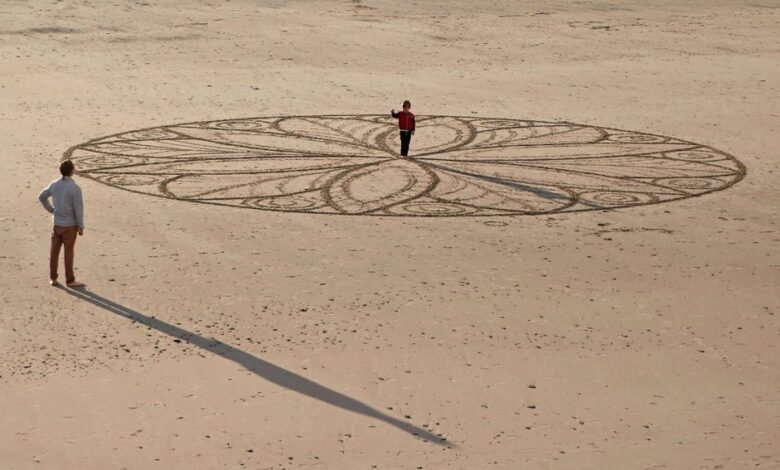Exploring Flor:Vo7fepw4zpy=Mandalas

Mandalas have long served as more than mere artistic expressions; they embody a rich history and profound cultural significance. Through their intricate patterns and vibrant colors, individuals find a pathway to self-exploration and emotional healing. The creative process of designing one's own mandala can reveal hidden truths and foster a deep connection to the self. As one contemplates the therapeutic benefits of this art form, questions arise about its impact on personal and collective well-being.
The History and Significance of Mandalas
Mandalas, which have captivated diverse cultures for centuries, serve as profound symbols of the universe and the human experience. Their spiritual symbolism resonates deeply, embodying a journey toward self-discovery and inner peace.
Across various traditions, mandalas hold cultural significance, representing unity and the interconnectedness of life. They invite individuals to explore their essence, offering a path toward liberation and understanding in a complex world.
The Creative Process: Designing Your Own Mandala
Creating a mandala can be a transformative experience, inviting individuals to engage with their innermost thoughts and emotions.
Through various design techniques, such as geometric patterns and symmetry, one can express personal journeys. Color selection further enhances this creative process, allowing for self-exploration and freedom of expression.
Ultimately, designing a mandala becomes a profound way to connect with one's true self.
The Therapeutic Benefits of Mandala Art
While many artistic practices offer solace, the unique structure of mandala art provides profound therapeutic benefits that can facilitate emotional healing and self-discovery.
Engaging in this mindfulness practice encourages individuals to focus inward, promoting stress relief and clarity. As they create, participants often find a sense of freedom, unlocking layers of thought and feeling, ultimately fostering a deeper connection with themselves and the world around them.
Conclusion
In the intricate tapestry of life, mandalas serve as mirrors reflecting the soul's journey. As individuals engage in the creative dance of colors and shapes, they not only craft personal symbols of unity but also cultivate inner harmony. This artistic endeavor transforms chaos into clarity, allowing one to navigate the winding paths of self-discovery. Ultimately, the mandala becomes both a canvas and a compass, guiding hearts toward healing and connection in the shared experience of existence.





